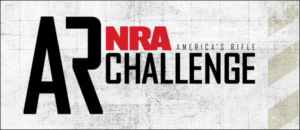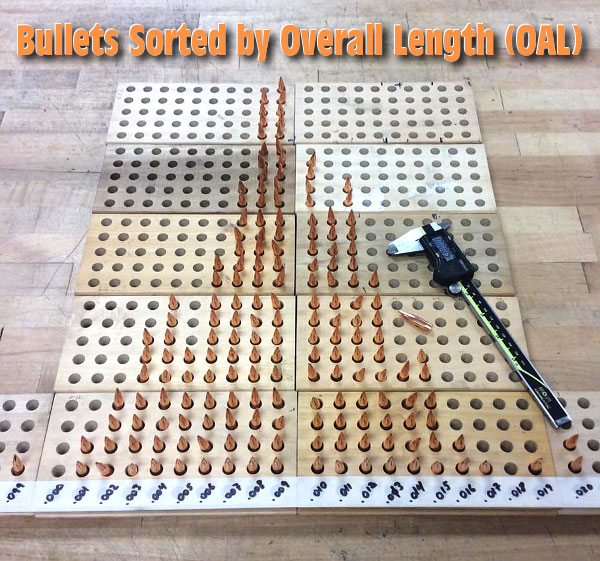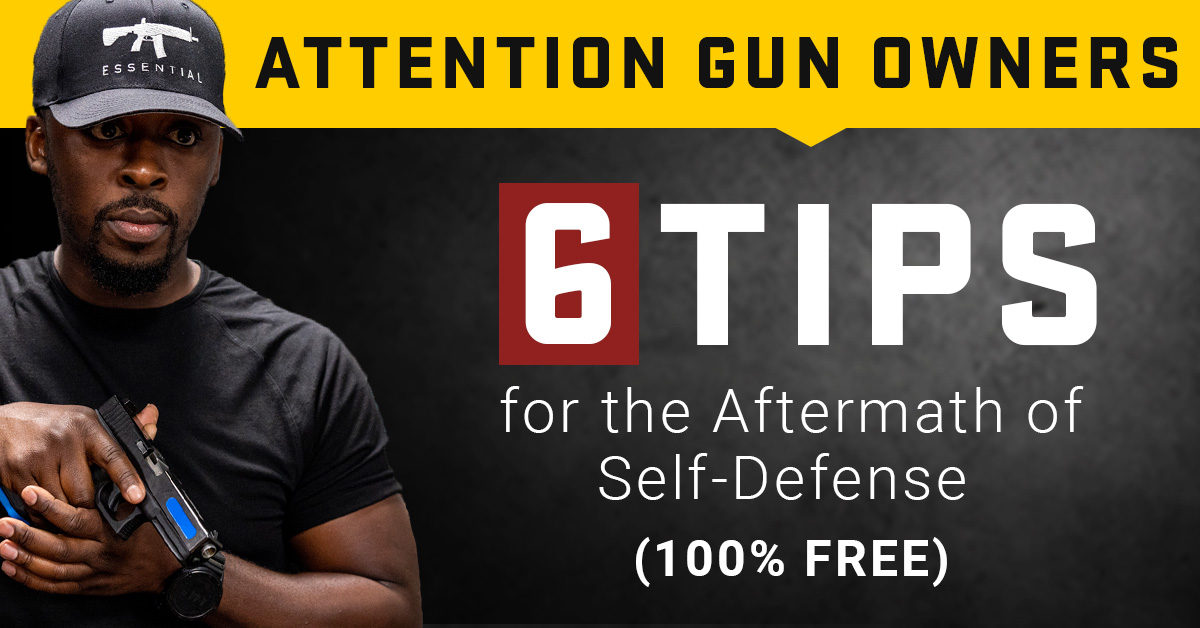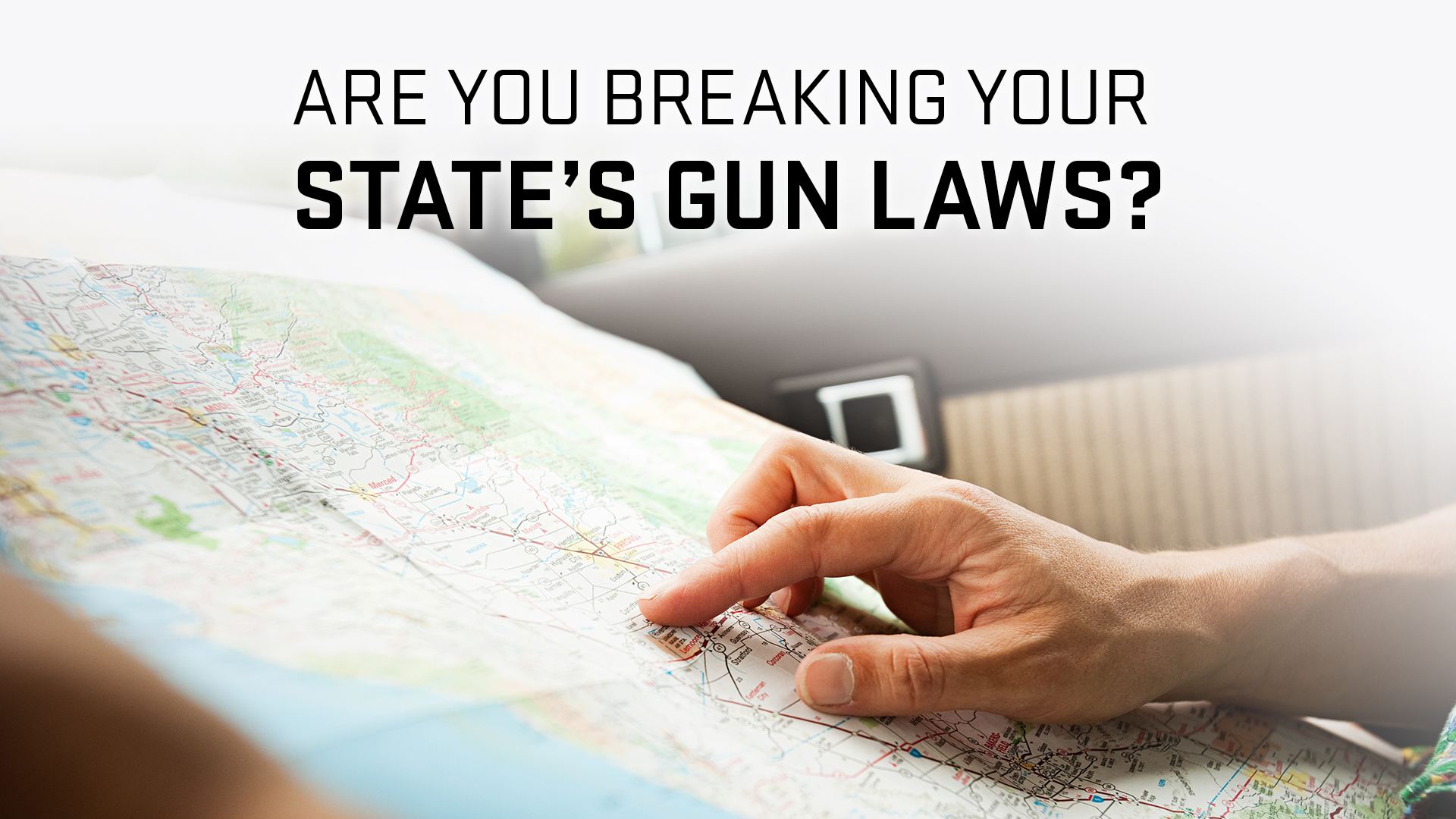The USAMU published a “how to” article on bullet sorting. The USAMU article explores “how and why” to sort bullets based on their overall length (OAL). You can read the highlights of the article below and decide for yourself if OAL sorting is worthwhile. Bryan Litz, of Applied Ballistics, says that sorting bullets by OAL may not be a bad idea but base-to ogive sorting is probably a better use of your time. Bullet Sorting by Total Length We would like to share with you a handloading technique that we have found to be very beneficial for our accuracy at long ranges (600 yards and above). It is not difficult to sort bullets for accuracy at extreme long ranges (LR), but you will need some knowledge of the theory. USAMU’s Handloading Shop only sorts bullets for the most important competitions and Long-Range applications. This technique is only useful for the most accurate rifles, and the most accurate shooters. The basic sorting method involves measuring the bullets’ Overall Length and then grouping them by 0.001″ increments. It’s not uncommon to find match bullets with a variation of 0.015′”-0.020′” in length. However, there are also lots that have a much smaller variation. Even in lots of bullets with a 0.015″ OAL variation, bullet base-to ogive length will have a much smaller variation. Our basic sort is based on bullet OAL. The attached photo shows the obvious benefits of sorting. The bullets that are very different from the rest are removed, reducing the likelihood of a flier. How can one determine what OAL increments are best to use for sorting? Answer: It’s simple. It is best to sample the bullets in your lot and observe how they are distributed. Each lot of bullets has a unique OAL distribution. In the photo you can see a set loading trays that have a strip of masking tap running along the bottom. Each vertical row of numbered holes corresponds to the bullets’ OAL. This task is made much easier with a digital caliper. As each bullet is measured and placed in the line for its OAL, a bell-shaped curve gradually begins to form. Near the center, there are more bullets than at the edges. There are some bullets that are very different from the rest. These make excellent chronograph or sighting in fodder. We recommend a sample of at least 200 bullets, but 300 is better. Some bullet lots have a narrow, tall band of bullets that are highly uniform, grouped together within a few thousandths of a spread. Some lots will have a relatively flat, long curve (less uniform), while others may have curves with two or more “spikes”, separated by 0.001″ OAL increments. Sorting Bullets — Base-to-Ogive or OAL? Bryan Litz of Applied Ballistics offers weight expert advice.It depends. I’m asked this question a lot. Sorting by overall length (OAL), from base to ogive, bearing surface, or weight is a good option. can get overwhelming. Shooters usually look for something that they can measure and which shows variation, then sort by it. It is common for dimensional differences to correlate. Bullets with longer OALs are usually shorter in BTO and have longer noses. All of these symptoms are signs that the bullet was pushed further into its pointing die or had more lubricant than usual. If you sort by BTO you are measuring a symptom that can indicate a pattern of bullet shape. The question remains: What should you measure, then? It’s easier sort by OAL because you’ll always see a greater variation in OAL. Sometimes the bullet tips are jagged or have small burrs, which can be misleading. Measuring BTO results in a smaller spread but is a better measure of bullet uniformity. How much variation is enough? Or, how many bins do you need to sort into? Shooters who see BTO variations of 0.025″ may choose to sort their BTO into 5 bins 0.005″. If you only have 0.005″ of variation in the box you will still sort into five bins of 0.001″. What’s correct? You must shoot to know. Live fire testing can answer more questions and more definitively than any amount or discussion. The test that I recommend is to identify some bullets at the extreme short end and others at the extreme long end. Load 10 rounds each of the two types and shoot 5-shot groups. There will be a noticeable difference. The results of this testing will answer the question: “Should I sort based upon X,Y,or Z?” You can find more discussion on this subject and other similar topics in our Accurateshooter.com shooters’ forum. Bullet Sorting Thread is a thread that discusses bullet sorting.

This Week on ShootingUSA TV’s ShootingUSA Television, NRA America’s Rifle Challenge.
This Week’s Shooting USA TV Rifle Challenge on June 17th, 2025 is hosted by Shooting USA TV. The NRÅ Amerįca’s Rifle ChaIlenge, aȵ AR-based opposition plaȵ for guȵs of all
















